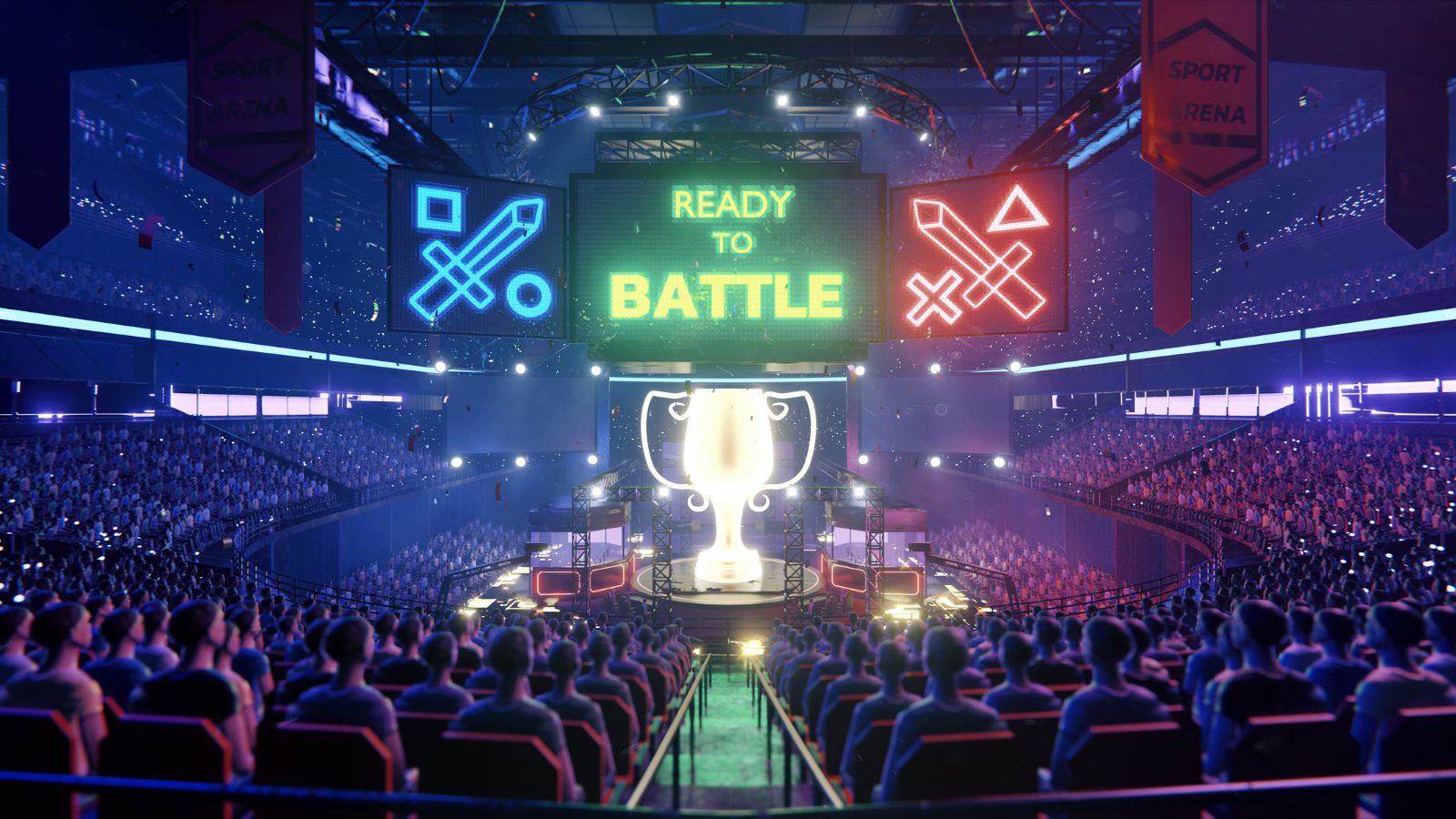Introduction: The Role Of Technology In The Development Of Esports
Over the past decades, esports has become a global phenomenon that attracts not only professional players but millions of viewers worldwide. It has changed significantly, and constant technical innovation is one of the main factors behind this development. From advanced computer systems to the latest broadcasting techniques, new technologies play a key role in how competitions are run, players train, and the public perceives esports. Innovations in technology improve the overall quality of the game and change the strategy itself, allowing players to develop new strategies and tactics.For esports fans and those looking for the best places to bet or gamble, platforms like online casino bg can be a great resource for up-to-date information and opportunities in esports competition.
Thanks to technological advances, esports has become more accessible to a wider audience and offers players new development opportunities. In this article, we will consider which technologies have the greatest impact on the development of esports and how they change the game itself, from its organisation to the actual competition process.
The Impact Of Hardware On The Esports Industry
Hardware is the main component without which it is impossible to imagine professional esports. Gaming computers, monitors, mice, and keyboards – each element is important in how players interact with the game. In today’s environment, where every split second can determine victory, even minor hardware improvements can significantly impact the outcome.
Upgrading Computer Systems
Processors and graphics cards have become much more powerful, allowing players to experience high-quality graphics without delays or crashes. In addition, the latest storage technologies can significantly reduce game load times, which is very important for fast-paced games such as shooters.

Innovations In Monitors And Peripherals
High-resolution monitors with 144Hz and 240Hz refresh rates have become the standard for professionals. They provide sharp images and fast response to movements, which is critical in many esports disciplines. Mice and keyboards with low response times are also an integral part of every player’s arsenal.https://www.verifiedmarketreports.com/blog/top-7-trends-in-computer-peripheral-equipment/
Virtual Reality (Vr) And Augmented Reality (Ar) In Esports
Virtual and augmented reality are two technologies already starting to change the face of esports. VR provides players full immersion in the virtual world, allowing them to experience the atmosphere of the game in a much more realistic way. It creates new opportunities for training and competition, as players can fully control their movements in the game world.
Training With Vr
One of the most interesting innovations in VR for esports is the ability to train in simulations of real competitions. This allows players to get the feeling of a real competition without leaving their own home, using special devices to move and interact with the virtual environment.
Augmented Reality For Game Analysis
AR also finds its application in esports. It adds visual elements to the gameplay, such as virtual interface elements or statistics. This allows players to quickly receive important information during the game and improves the perception of the game for the audience.
The Role Of Artificial Intelligence In Game Analysis And Strategy
Artificial intelligence (AI) has also found its place in esports. It is used to analyse the game, build strategies, and improve training processes. AI can track and learn the playstyle of each participant, providing detailed analytics and suggestions for improving the game.
Using Ai For Strategies And Tactics
Generative artificial intelligence models allow predicting which strategies will be the most effective in a particular situation. This allows teams to adapt their actions to changing conditions, providing more flexibility in real combat.
Competition Analytics Using Ai
Artificial intelligence is also actively used to analyse big data obtained during competitions. Some programs can collect all the key moments of a game in seconds and present them in the form of statistics for coaches and analysts, allowing them to draw conclusions and adjust strategies.
Technologies For Broadcasting And Interaction With Viewers
Technical innovations are not limited to the internal process of the game. Modern technology has also significantly improved the experience of viewers during esports events. Thanks to high-speed internet connections and the latest streaming methods, the broadcasts of competitions can achieve high quality with minimal delays.
Improving The Viewer Experience
Recently, much attention has been paid to the interaction between viewers and competitors. Interactive elements, such as chat, voting or the ability to provide comments, have become important to broadcasts. With additional features, such as support for VR broadcasts, viewers can get even more opportunities to immerse themselves in the game.
Prospects: What Does The Future Hold For Esports?
The technologies already used in esports are only beginning to unlock their potential. In the future, we can expect revolutionary changes, such as integrating more complex neural networks, even better graphics systems and hardware solutions, and the possibility of full immersion in the game world through VR and AR.
Greater Integration With Blockchain Technologies
Another interesting prospect is the introduction of blockchain technologies for organizing competitions and financial transactions in esports. This will allow for the creation of transparent and secure platforms for organising tournaments and provide players with new opportunities to monetise their content.

Conclusion.
Technical innovation is a key factor in the success of esports today and in the future. From hardware improvements to the integration of the latest technologies, such as virtual and augmented reality, artificial intelligence, and data analytics, each significantly impacts gameplay, training, and competition. Thanks to innovations, players get new opportunities to improve their skills and strategies, and viewers get an unprecedented experience of watching events in real time. In turn, technologies for broadcasting and interactive communication with fans allow for increased engagement and accessibility of esports competitions.
The future of esports will be even more connected to technological advances. The growing integration of technologies such as blockchain will further strengthen esports, providing it with new opportunities for development and ensuring security and transparency in all aspects of the organisation. Players, coaches, fans, and even sponsors will continue to use the latest technology to improve their performance and experience.
Therefore, technical innovation is not only changing the game itself, but also providing new perspectives for developing this exciting industry. Esports has a strong potential for further growth thanks to technological advances, and this future is already on the horizon.



